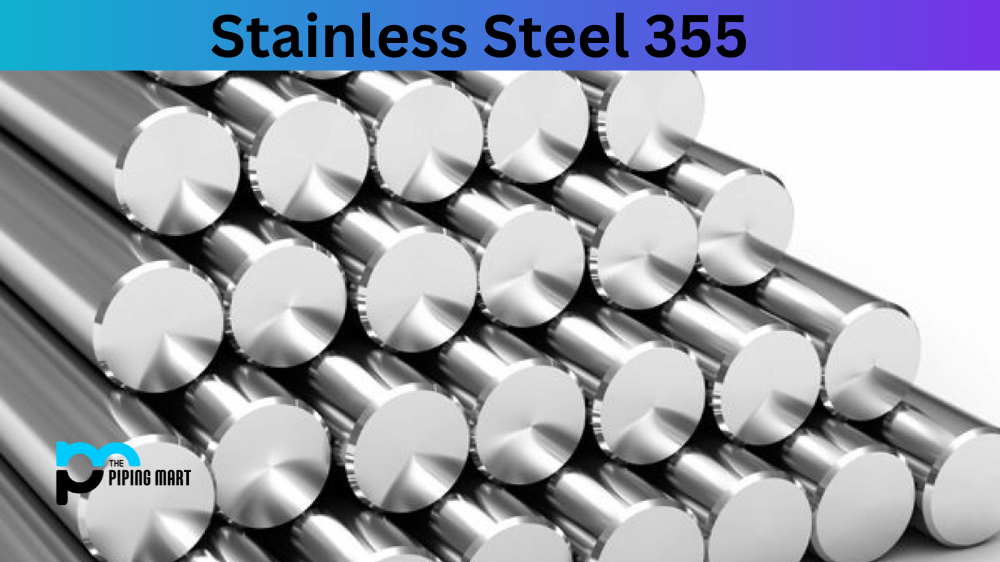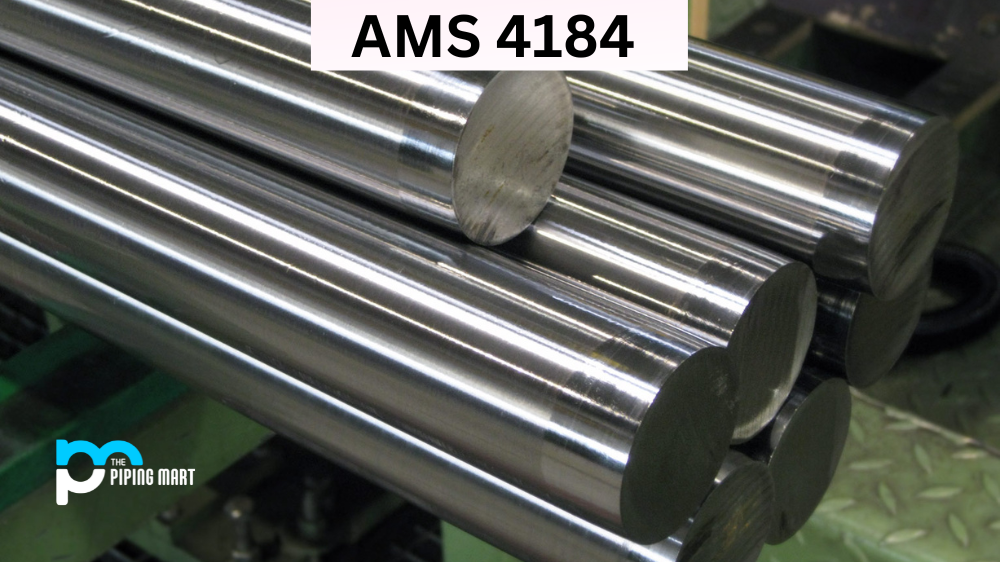AMS4339 is a specific type of steel alloy that is used in a wide range of industries. Its unique combination of properties makes it ideal for applications that require strength, durability, and resistance to wear and tear. However, few people are familiar with this alloy and its capabilities. This article will look closely at AMS 4339, including its composition, physical and mechanical properties, uses, and heat treatment options.
What is AMS 4339?
AMS 4339 (also known as 2024 Aluminum Alloy) is a high-strength, low-alloy steel primarily designed for use in the aerospace industry. This material offers superior toughness, excellent fracture, and high-temperature resistance, making it the ideal choice for aircraft components and aerospace applications. In addition to its exceptional properties, AMS4339 is highly machinable, making it easy to work with and allowing manufacturers to create complex components with precision and accuracy. With its many advantages, it’s no wonder that AMS4339 has become a popular choice for aerospace engineers worldwide.
What Form Is AMS 4339 Available at Piping Mart?
- Pipes
- Tubing
AMS 4339 Composition
AMS 4339 is a low alloy steel that contains several important elements. It comprises carbon, manganese, chromium, molybdenum, and vanadium. These elements contribute to AMS 4339’s excellent mechanical properties and make it suitable for high-stress applications. The precise composition of AMS 4339 can vary depending on the manufacturer, but it typically contains between 0.25% and 0.30% carbon, 1.0% to 1.50% manganese, 0.80% to 1.10% chromium, 0.25% to 0.35% molybdenum, and 0.10% to 0.15% vanadium.
| Element | Content(%) |
|---|---|
| Aluminum | 93.5 |
| Copper, Cu | 4.4 |
| Silicon, Si | 0.8 |
| Magnesium, Mg | 0.5 |
| Cromium, Cr | ≤0.10 |
| Manganese, Mn | ≤0.6 |
AMS 4339 Physical Properties
AMS 4339 exhibits several physical properties that make it unique. It has a density of approximately 7.85 grams per cubic centimetre and a melting point of around 1,427 degrees Celsius. Its relatively low thermal conductivity makes it a good choice for insulation or heat resistance applications. Its electrical conductivity is moderate, and its magnetic properties are negligible. The material is also resistant to corrosion and oxidation, essential for applications that involve exposure to harsh environments.
| Properties | Metric | Imperial |
|---|---|---|
| Density | 2.8 g/cm3 | 0.1018 lbs/in3 |
| Melting Point | 510°C | 950°F |
AMS 4339 Mechanical Properties
AMS 4339 is known for its exceptional mechanical properties. It is a high-strength alloy that can withstand heavy loads and stress without deforming or breaking. Its tensile strength ranges from 150,000 to 175,000 pounds per square inch (psi), and its yield strength is between 130,000 and 150,000 psi. AMS 4339 is also resistant to fatigue, making it a popular choice for components that experience repeated stresses. Its impact strength is also excellent, with values ranging from 40 to 50 joules.
| Properties | Metric | Imperial |
|---|---|---|
| Hardness, Brinell | 105 | 105 |
| Hardness, Knoop | 132 | 132 |
| Hardness, Rockwell A | 42.8 | 42.8 |
| Hardness, Rockwell B | 67 | 67 |
| Hardness, Vickers | 118 | 118 |
| Tensile Strength, Ultimate | 427 MPa | 62000 psi |
| Tensile Strength, Yield | 290 MPa | 42000 psi |
| Elongation at Break | 20% | 20% |
| Modulus of Elasticity | 72.4 GPa | 10500 ksi |
| Poisson’s Ratio | 0.33 | 0.33 |
| Fatigue Strength | 262 MPa | 38000 psi |
| Shear Modulus | 28 GPa | 4060 ksi |
AMS 4339 Equivalents
| ASTM B210 | ASTM B211 | ASTM B221 | ASTM B241 | ASTM B247 |
| ASTM BB241 | DIN 3.1255 | MIL T-15089 | QQ A-200/2 | QQ A-225/4 |
| QQ A-250/4 | QQ A-367 | SAE J454 |
AMS 4339 Uses
AMS 4339 is used in a wide range of industrial applications. It can be found in aircraft components, such as landing gear, engine mounts, and structural members. It is also used in landing gear and engine components for military vehicles, such as helicopters and tanks. AMS 4339 is also commonly used in medical devices, power generation equipment, and drilling tools.
AMS 4339 Hardness
AMS 4339 has a hardness range between 33 and 39 on the Rockwell C scale. This makes it a relatively hard material that can withstand wear and tear. However, heat treatment can increase its hardness, which we will discuss next.
AMS 4339 Heat Treatment
Heat treatment is a process that involves heating and cooling a material to modify its properties. In the case of AMS 4339, heat treatment can be used to increase its hardness and strength. Quenching and tempering are the most common heat treatment process used for AMS 4339. This involves heating the material to around 870 degrees Celsius and then rapidly cooling it in water or oil to harden it. After quenching, the material is tempered at a lower temperature to relieve internal stresses and improve its toughness.
Conclusion:
AMS 4339 material is a unique and versatile steel alloy used in various industrial applications. Its composition, physical and mechanical properties, uses, and heat treatment options make it popular for components requiring high-stress resistance, wear resistance, and durability. By understanding AMS 4339’s properties and capabilities, engineers and manufacturers can design and create components that meet the specific needs of their industry. Whether it’s aircraft parts, medical devices, or drilling tools, AMS 4339 is an alloy that delivers excellent performance and reliability.

Abhishek is a seasoned blogger and industry expert, sharing his insights and knowledge on various topics. With his research, Abhishek offers valuable insights and tips for professionals and enthusiasts. Follow him for expert advice on the latest trends and developments in the metal industry.




